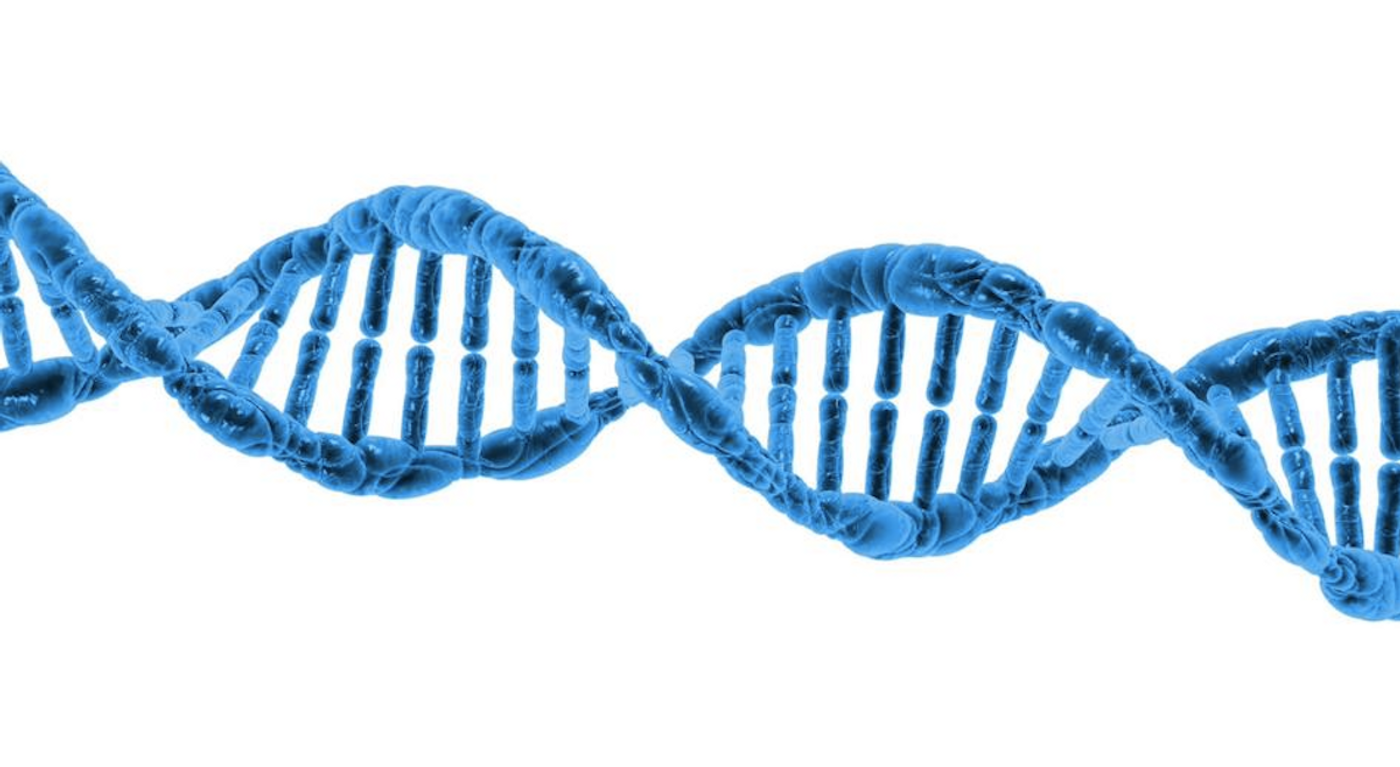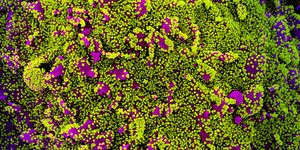Chromatin Doesn't Behave Like a Liquid or Solid - It's a Gel
A cell's nucleus has to hold the entire genome. To do that, the DNA must be carefully arranged and compacted by proteins called histones into a complex known as chromatin. Now scientists have determined that chromatin behaves not as a solid or a liquid, but as a gel. The findings have been reported in Cell.
Since the structure of DNA is related to how its genes are expressed, these findings could help us gain a better understanding of gene activity. The physical characteristics of DNA itself can potentially affect the biology of the rest of the cell.
"We all know the difference between water and ice, and we all understand that if you want to tie two things together, for example, you can't do it with a liquid. You need a rope, something that has mechanical strength," said study co-author and professor Michael Hendzel of the University of Alberta.
"That's what we're talking about here. Right now, all of our understanding of gene regulation is largely based on the assumption of freely moving proteins that find DNA and whose accessibility is only regulated by the blocking of that movement. So this research could potentially lead to very different kinds of ways of understanding gene expression."
"Another way to look at it is that bone, muscle, and connective tissue all have very different physical properties, and if those physical properties break down somehow, it's almost always associated with disease," said study collaborator Alan Underhill, associate professor in the Department of Oncology at the University of Alberta. "In the case of chromatin, it's about scaling this principle down to the level of the cell nucleus, because it is all connected."
"What we're seeing here bridges the biochemistry of cellular contents and the underlying physics, allowing us to get at the organizational principles, not just for cells, but the entire body," he added.
Our chromosomes are made of chromatin, which is about half DNA and half histones that together compose nucleosomes. Chromatin can interact with itself and condense into chromosomes.
This work can help explain some findings like chromatin deformations in cancer cells; those deformities would make it easier for the cells to move through tiny spaces to another part of the body and metastasize. In cancer cells, the histone is biochemically changed in a way that makes it less sticky, noted Hendzel. It seems that the strength of the chromatin gel may be reduced. It may be possible to reduce the likelihood of metastasis in cancer cells by developing drugs that target deformed, loose chromatin.
This research may also help improve the ability of technicians to interpret patient samples.
"The texture and appearance of chromatin [are some things] pathologists have used to do clinical assessments on tumor samples from patients," Underhill explained. "It's really looking at how the chromatin is organized within the nucleus that allows them to make insight into that clinical diagnosis. So now that's a process that we can reframe in a new context of the material state of the chromatin."
"One of the most significant things to me is that this research highlights how limited our knowledge is in this area," added Hendzel.
"I think it forces us to go back and look at what's in textbooks and reinterpret a lot of that information in the context of whether 'this is a liquid,' or 'this is a gel' in terms of how the process actually takes place," noted Underhill. "That will have a lot of impact on how we actually think about things moving forward and how we design experiments and interpret them."
Sources: AAAS/Eurekalert! via University of Alberta Faculty of Medicine & Dentistry, Cell









